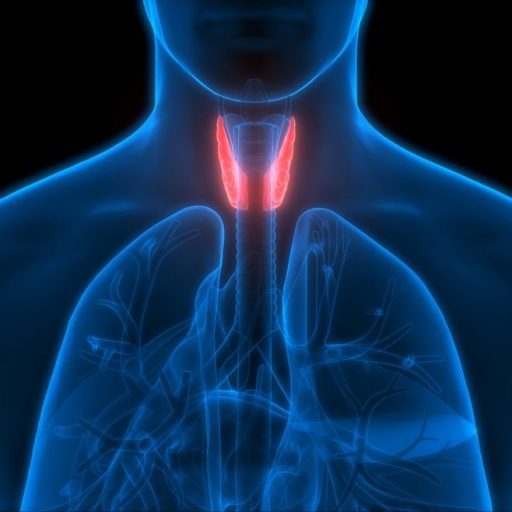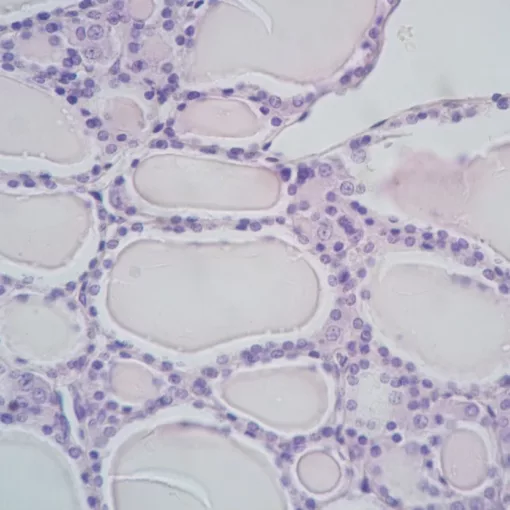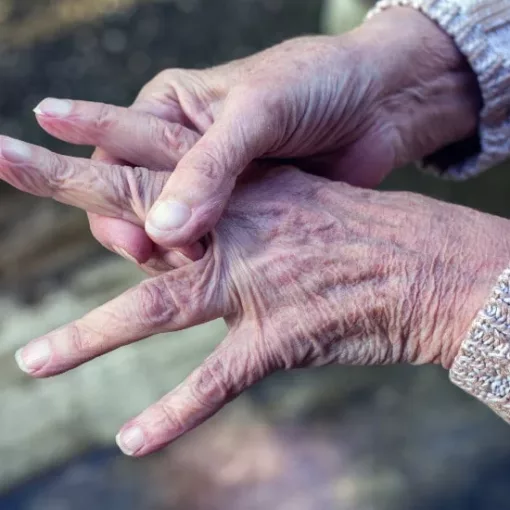Radioiodine therapy (RAI) is a proven and effective treatment for hyperthyroidism and specific types of thyroid cancer. By utilizing radioactive iodine, this treatment targets thyroid cells while leaving surrounding tissue largely unaffected. In this article, we will explore the radioiodine therapy process, its applications in treating hyperthyroidism and thyroid cancer, the risks and side effects involved, and necessary precautions patients should take during and after treatment.
Radioiodine therapy process
Administered in capsule or liquid form
RAI is typically administered either as a capsule or a liquid, depending on the preference of the patient and the doctor’s recommendation. This treatment aims to offer a simple, straightforward, and easily absorbed method of delivery.
Absorption by the thyroid gland and targeting of thyroid cells
Once administered, the radioactive iodine is absorbed by the thyroid gland, where it specifically targets thyroid cells. RAI destroys overactive or cancerous thyroid cells while minimizing damage to surrounding tissue.
Excretion of excess iodine through urine
Any excess iodine that is not absorbed by the thyroid gland is expelled from the body through urine. This ensures that most of the radioactive iodine is either used for the desired effect or effectively removed to minimize exposure to other parts of the body.
Treatment of hyperthyroidism with radio iodine
RAI aims to kill overactive thyroid cells or shrink enlarged glands
For patients with hyperthyroidism, RAI is designed to kill overactive thyroid cells, thereby reducing the production of excessive amounts of thyroid hormones. The treatment may also shrink an enlarged thyroid gland, helping to alleviate symptoms.
Dose calculation based on individual patient needs
To ensure the most effective treatment for hyperthyroidism, the dosage of radioactive iodine is calculated based on each patient’s unique situation, including factors such as age, weight, and the severity of the condition.
Possibility of hypothyroidism as a result of treatment
One potential long-term side effect of RAI for hyperthyroidism is the development of hypothyroidism due to the destruction of too many thyroid cells. This outcome can usually be managed effectively with thyroid hormone replacement therapy but requires monitoring by a healthcare professional.
Treatment of thyroid cancer with radio-iodine
Used for specific types of thyroid cancer after surgery
In cases of thyroid cancer, RAI is typically reserved for specific types of cancer after the surgical removal of the tumor. This treatment aims to target and destroy any remaining cancerous cells that may have been left behind after surgery.
Targeting of remaining thyroid cancer cells
The RAI specifically targets the remaining thyroid cells, destroying the cancerous cells while minimizing damage to other tissues in the body.
Debate over potential overuse of treatment in low-risk cases
There is ongoing discussion among medical professionals regarding the potential overuse of RAI in low-risk thyroid cancer cases. Some specialists argue that careful monitoring and follow-up may be more appropriate for certain low-risk scenarios, rather than immediately proceeding with RAI treatment.
Risks and side effects of radio iodine therapy
Potential effects on fertility and menstrual cycle
Potential short-term side effects of RAI treatment include temporary impacts on fertility and menstrual cycle changes. It is essential that patients discuss their reproductive health plans with their healthcare providers before undergoing RAI.
 Short-term side effects
Short-term side effects
Beyond fertility concerns, short-term side effects of RAI may include neck tenderness, a dry mouth, and gastritis. These symptoms usually subside within a few weeks following treatment, making RAI a generally well-tolerated therapy.
Long-term side effects
While rare, there are potential long-term side effects associated with RAI, such as hypothyroidism, damage to the salivary glands, and an increased risk of second cancers. Patients should discuss the potential risks with their healthcare providers to make informed decisions regarding their treatment plans.
Precautions to take during and after Radioiodine therapy treatment
Guidelines for isolation following RAI treatment
After undergoing RAI treatment, patients may need to follow strict isolation guidelines to avoid exposing others to radiation. This might include staying in a separate room and using separate bathroom facilities for a specified period.
Household safety tips
To minimize the risk of radiation exposure to others, patients should follow household safety tips provided by their healthcare provider, such as wiping down surfaces, washing laundry separately, and handling waste carefully.
Coping with isolation
Coping with isolation following RAI treatment can be challenging for patients. Seeking support from friends or family members through phone calls or online connections can help maintain mental well-being during this time.
Travel precautions after treatment
Patients should also avoid traveling on public transportation or staying in close quarters with others immediately after RAI treatment to minimize the risk of radiation exposure. Healthcare providers will offer clear guidance on when it is safe to return to normal activities.
Radioiodine therapy for thyroid cancer
Removal of thyroid gland before treatment
Before initiating RAI for thyroid cancer, the thyroid gland is typically surgically removed. This procedure allows the RAI to target any remaining cancer cells without the interference of a potentially cancerous gland.
Use of tracer doses to detect remaining cancer cells
Tracer doses of RAI may be administered to patients with thyroid cancer in order to detect the presence of remaining cancer cells. This practice allows healthcare providers to determine the effectiveness of the treatment and inform future therapy plans.
Potential need for multiple treatments
In some cases, more than one round of RAI may be required to effectively treat thyroid cancer. Healthcare providers will closely monitor and adjust treatment plans as needed to achieve the best possible outcome for each patient.
Monitoring progress and long-term follow-up
 Regular check-ups and blood tests
Regular check-ups and blood tests
After completing RAI treatment, regular follow-up appointments with healthcare providers are essential to monitor progress and ensure continued health. These appointments may include physical exams, blood tests to assess thyroid hormone levels, and imaging studies if necessary.
Hormone replacement therapy if needed
As previously mentioned, patients who develop hypothyroidism as a result of RAI may require hormone replacement therapy. This treatment involves taking synthetic thyroid hormones in the form of a daily pill to maintain proper hormone balance in the body.
Managing potential side effects and risks
Long-term side effects of RAI, while rare, should be closely monitored with the healthcare provider’s guidance. Patients should promptly report any concerning symptoms or changes in their health, such as persistent dry mouth, swelling in the neck, or difficulty swallowing.
Emotional support throughout the radioiodine therapy journey
Seeking mental health support
Undergoing RAI treatment and isolation can be emotionally challenging for patients. Seeking mental health support through therapy, support groups, or online communities can help patients cope with their emotions during this time.
Family and friends’ roles
The role of family and friends in providing emotional and practical support for patients undergoing RAI should not be underestimated. Loved ones should educate themselves about RAI and follow appropriate safety precautions to ensure a safe and comfortable environment for the patient.
Building resilience and focusing on self-care
Building emotional resilience and focusing on self-care during RAI treatment is crucial for both physical and mental well-being. Patients should adopt healthy habits, such as getting enough sleep, eating well, engaging in relaxation techniques, and participating in enjoyable activities, to promote overall wellness during their therapy journey.
In conclusion, radioiodine therapy is a proven, effective, and reliable treatment for hyperthyroidism and certain types of thyroid cancer. Essential aspects involve personalized treatment, careful monitoring, proper precautions, and emotional support. Patients, healthcare providers, and loved ones must work together to ensure successful outcomes and minimize potential risks and side effects associated with the treatment.
Reference Links
- National Institute of Diabetes and Digestive and Kidney Diseases (NIDDK) – Radioactive iodine therapy information from the U.S. Department of Health and Human Services.
- American Association of Clinical Endocrinologists (AACE) – Provides an overview of radioactive iodine treatment for hyperthyroidism, with information on patient preparation and side effects.
- American Thyroid Association (ATA) – Offers detailed information about radioactive iodine therapy for hyperthyroidism and thyroid cancer, as well as potential risks and benefits.






